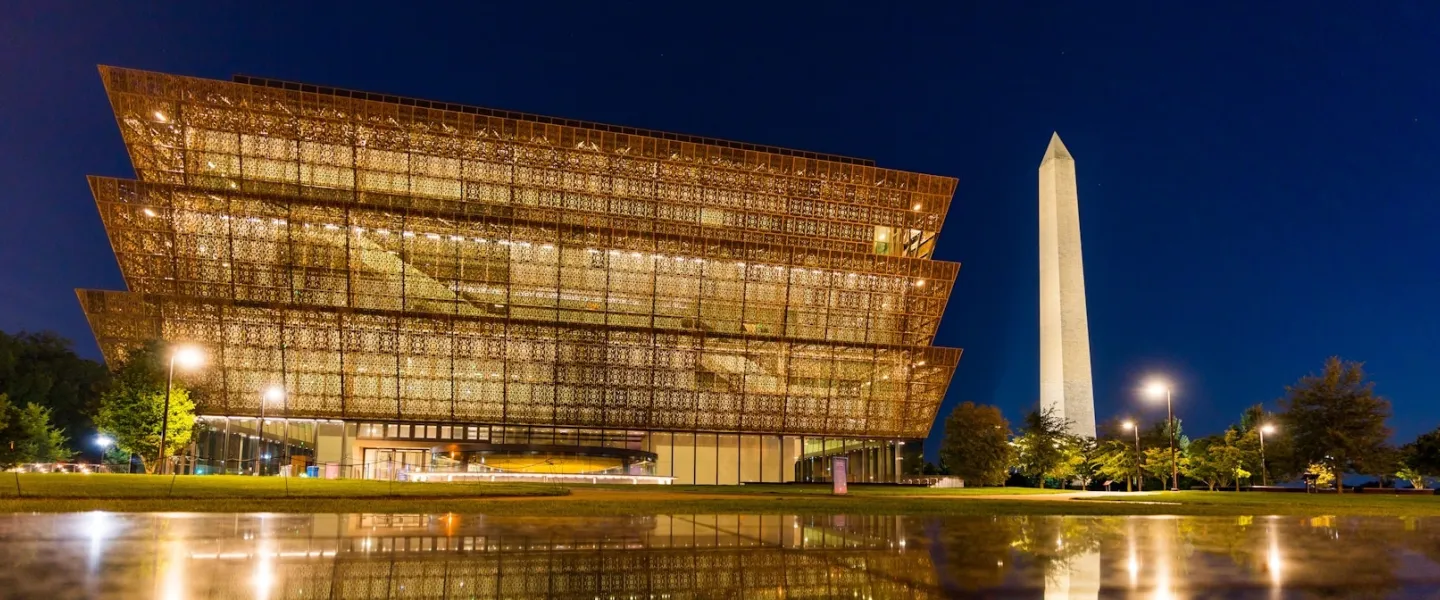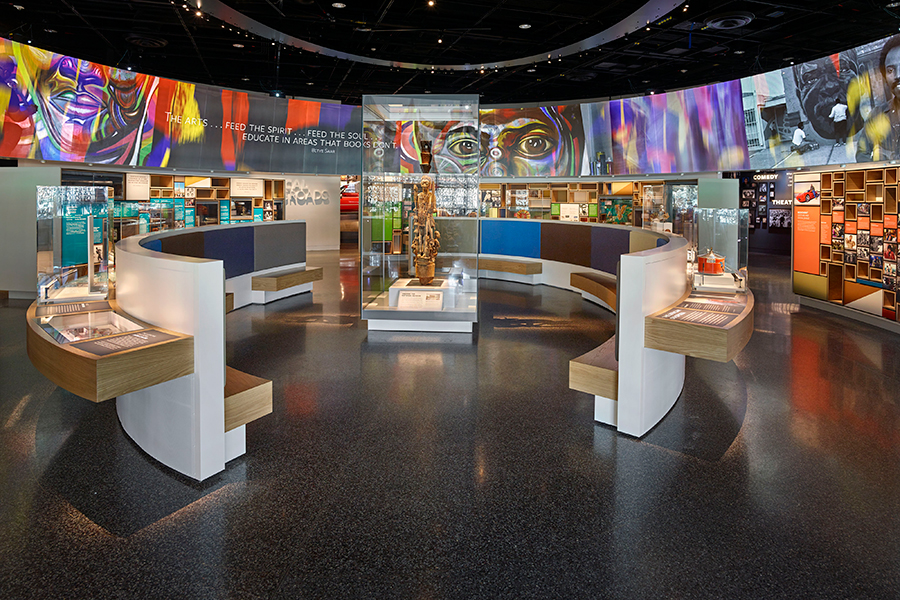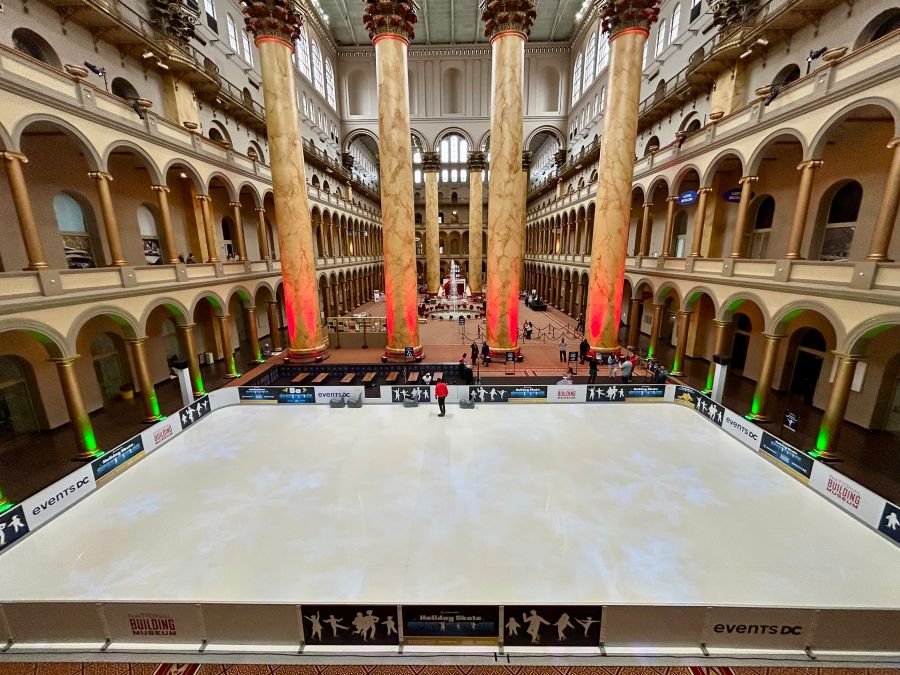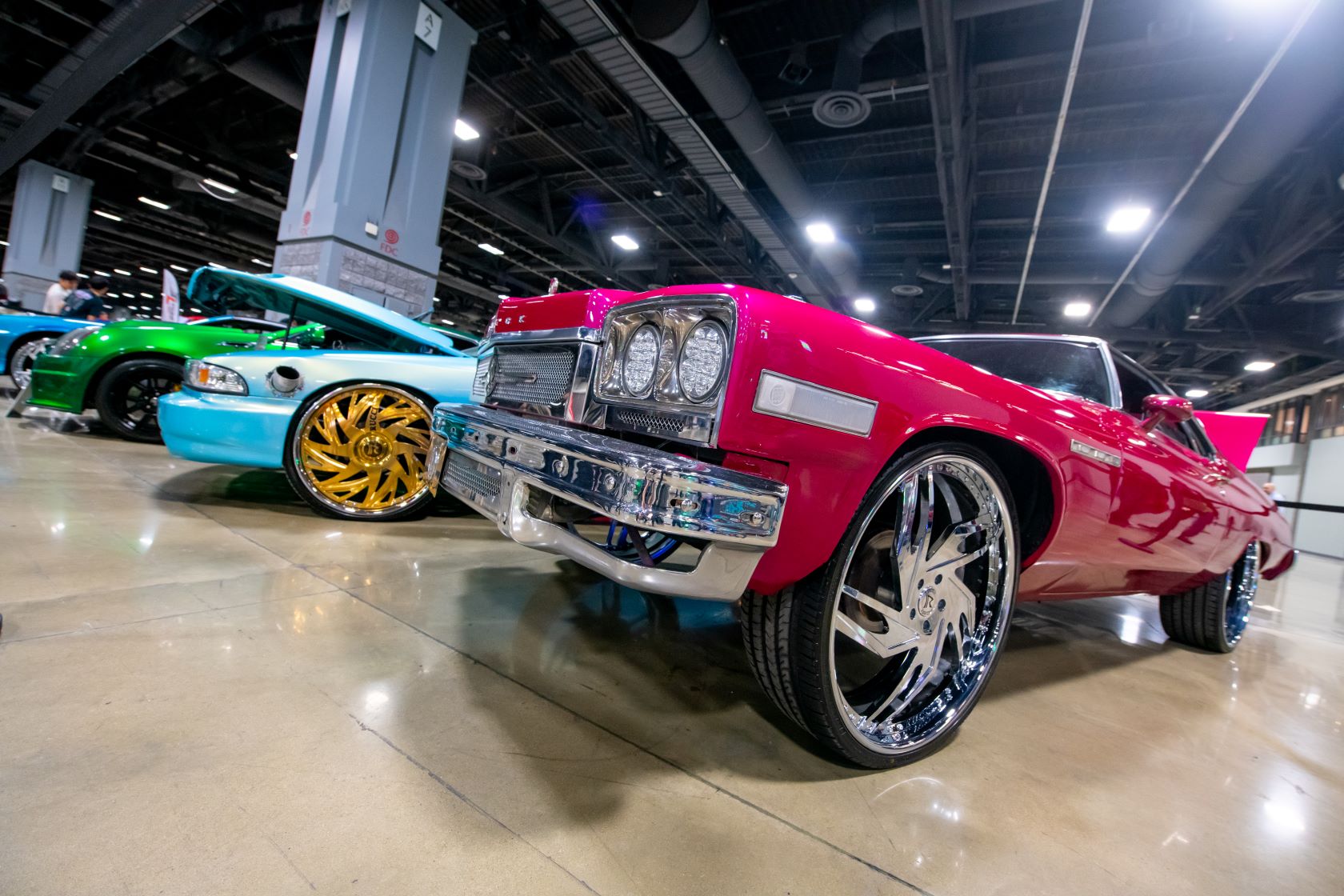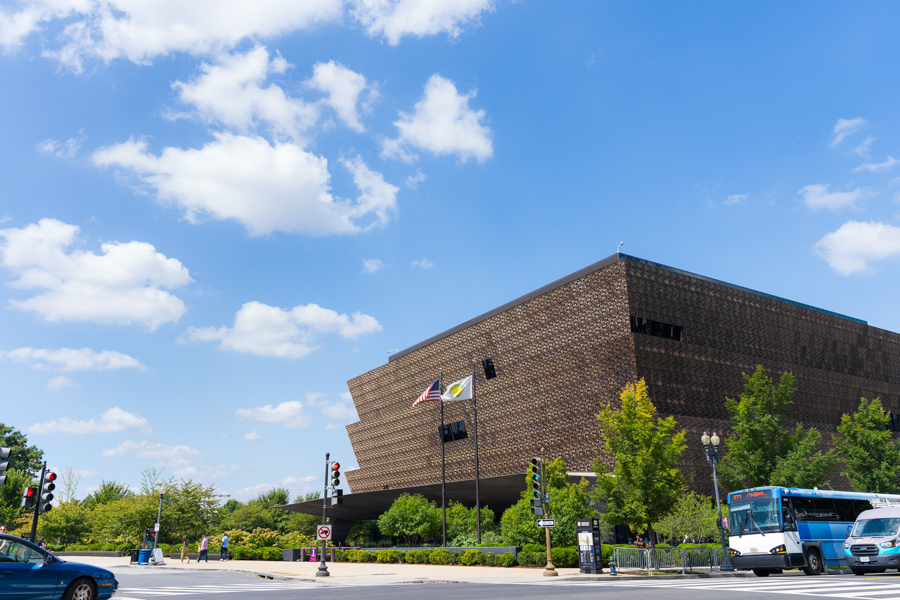
This free Smithsonian museum on the National Mall tells the story of America through the lens of African American history and culture.
Opened in 2016, the Smithsonian National Museum of African American History and Culture (NMAAHC) in Washington, DC is the nation's only museum dedicated solely to capturing and sharing the "unvarnished truth" of African American life and legacy.
Through powerful exhibits and interactive elements, visitors experience stories of resilience, tragedy, creativity and influence that shaped the country, from slavery and the Civil Rights Movement to groundbreaking achievements in music, sports, politics, the arts and more. This only-in-DC museum provides an unforgettable journey through the African American experience at the center of America’s story.

Where is the Smithsonian National Museum of African American History?
NMAAHC is located at 14th Street and Constitution Avenue NW on the National Mall. The four-level museum opened on in 2016, becoming the only national museum solely dedicated to the documentation of African American life, history and culture. This Smithsonian Institution museum is an architectural marvel that features numerous interactive exhibits.
When is the museum open? How do I get there?
The museum is open daily. Tuesday - Sunday hours are10 a.m. - 5:30 p.m. Monday hours are 12-5:30 p.m. On Mondays that are observed as Federal Holidays, the museum opens at 10 a.m. The easiest way to get there is via Metrorail. The closest Metro stop is Federal Triangle on the Blue, Orange and Silver lines. The facility is handicap-accessible.
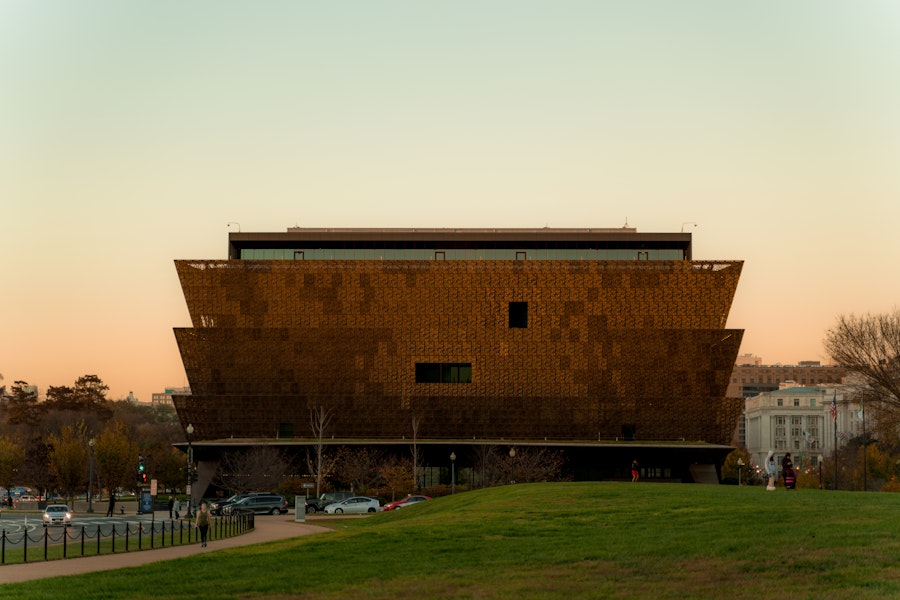
Do I need tickets? Is it free?
Due to the museum's popularity, free timed entry passes are required for all visitors, regardless of age. A limited number of timed-entry passes are available, and visitors can reserve their passes up to 30 days in advance on a rolling basis. Same-day timed-entry passes are released online only by 8:15 a.m. each day.
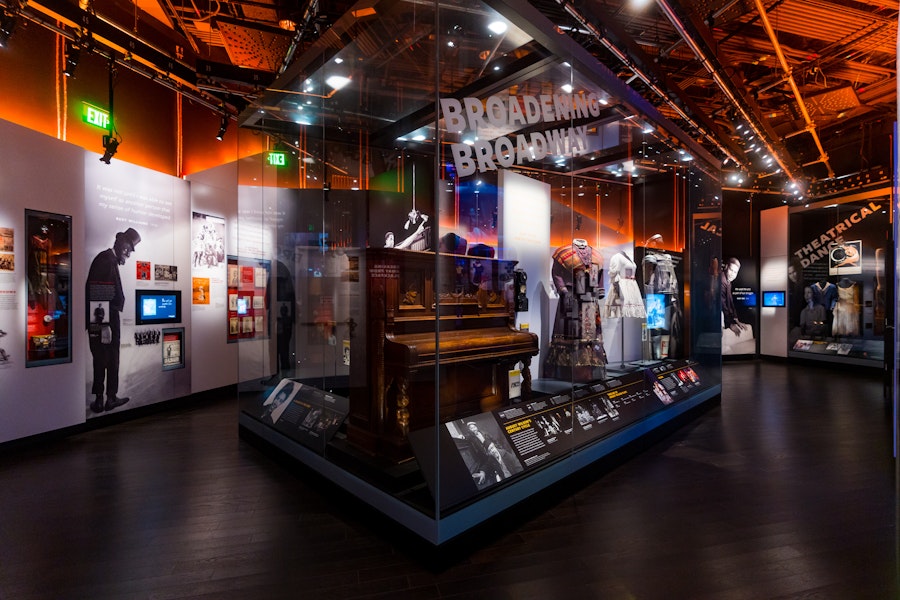
What’s inside the museum? Where do I start?
The Smithsonian National Museum of African American History and Culture is a state-of-the-art building that addresses nearly every aspect of the African American experience, covering the arts, slavery, the Civil Rights Movement, athletics and much more. The building's five-floor layout is designed to take visitors on a symbolic and chronological journey from slavery to modern-day, ideally experienced from the bottom up.
The museum’s collection of artifacts is astounding: 3,500 are on view, with another 35,000 or so in the collection. Standout items include a shawl given to Harriet Tubman by Queen Victoria, training aircraft used by the Tuskegee Institute, an invitation to President Obama’s 2009 inauguration and a boombox owned by Chuck D of Public Enemy.
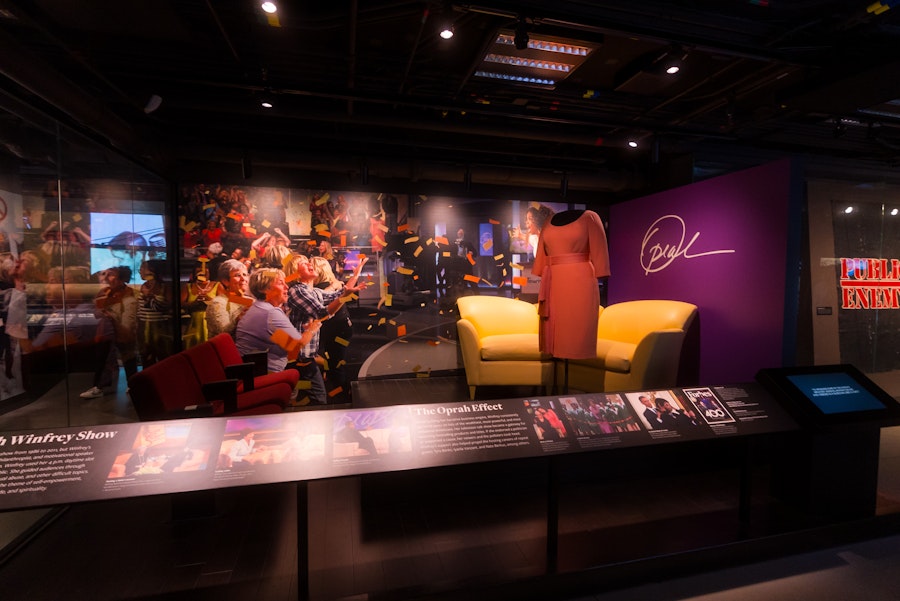
Navigating the entirety of the NMAAHC would be very difficult to accomplish in one visit, and the breadth of its exhibits is astonishing. However, there are several displays that you should be aware of before you go.
The Musical Crossroads exhibit details the history African American music, from the arrival of the first Africans to today. From jazz to hip-hop, African American musicians brought forth new forms of expression that lit a candle for liberty, justice and change. You will be able to experience the emergence of some of America’s finest art forms and the amazing creative expressions that came from them.
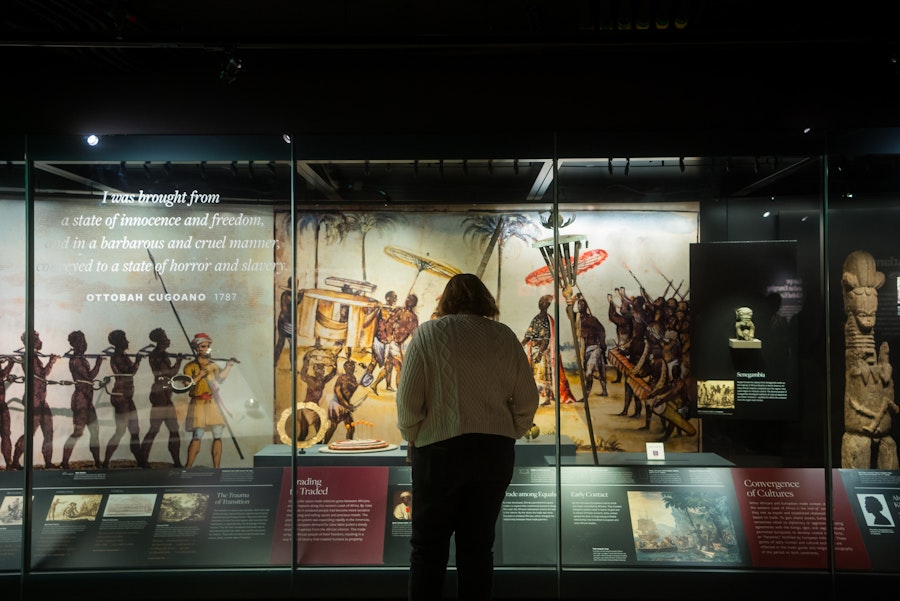
Slavery and Freedom uses first-person accounts and striking historical artifacts to tell an incredibly complicated tale. The exhibit traces slavery from 15th century Africa and Europe to the Civil War and Reconstruction in the United States. This vital history emphasizes that American slavery and freedom are deeply intertwined, and that the story of slavery is in fact a shared one that resides at the core of American politics, economics and daily life to this day.
Continue your dive into history with Defending Freedom, Defining Freedom and A Changing America. The former covers the era of segregation and the onset of the Civil Rights Movement, highlighting the struggle that African Americans faced and conquered in establishing a cultural identity and their own communities, changing the nation along the way. The latter goes from 1968 until today, covering the assassination of Martin Luther King, Jr. to Barack Obama’s two terms as president, journeying from the Black Panthers to #BlackLivesMatter.
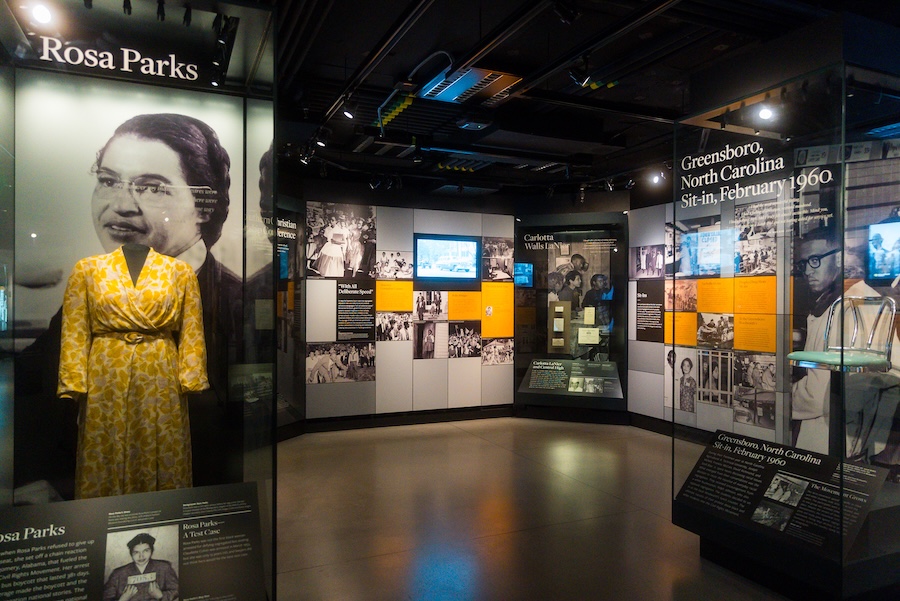
Why does the museum rotate objects?
The Smithsonian’s National Museum of African American History and Culture carefully manages display and rest cycles in order to protect objects from light, dust and other kinds of environmental damage, preserving them so that they can be appreciated for years to come. By rotating objects and borrowing from other institutions, the museum continually introduces visitors to new stories of African American history and culture.
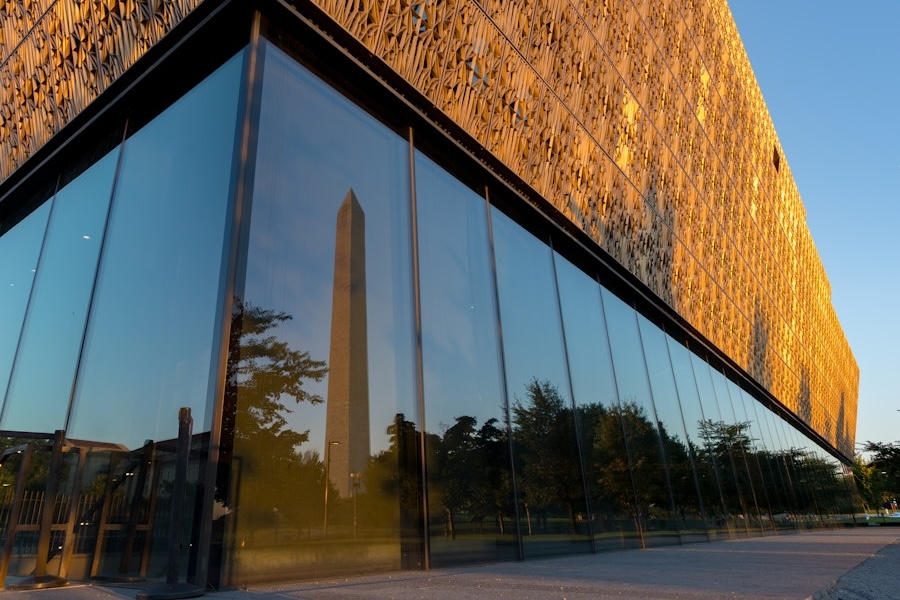
What inspired NMAAHC's look?
The building’s exterior, conceived by Ghanaian-born architect David Adjaye, is artfully made up of a three-tiered, bronze-colored screen. This lattice pays tribute to the intricate ironwork forged by enslaved African Americans in the southern United States.
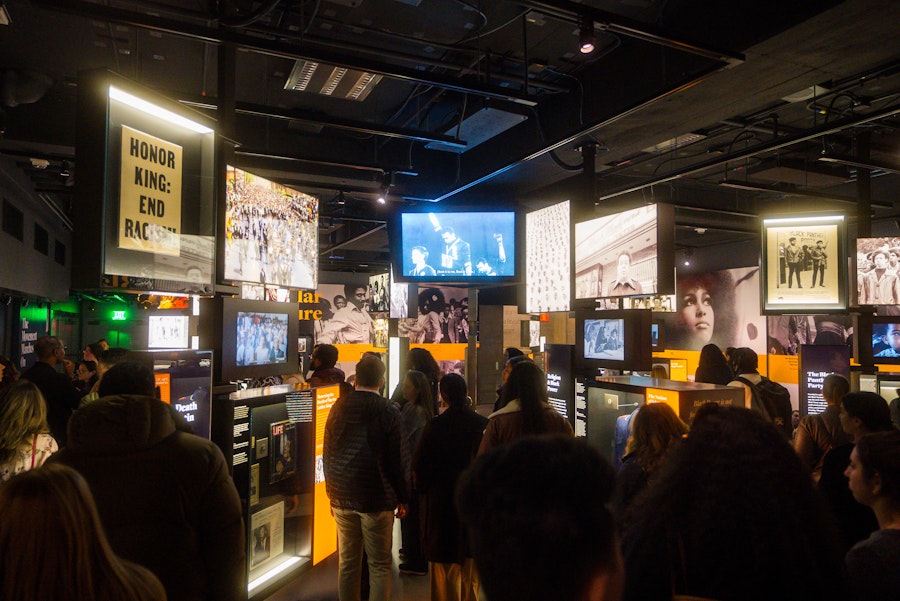
Does NMAAHC host tours and events?
Yes! Check the museum's website to see which tours are available the day of your visit. Most tours are about one hour, focusing in on a particular topic or exhibit. It's best to check before your visit and arrive early, since tours depend on docent availability. Check the museum’s calendar for more programming and events.
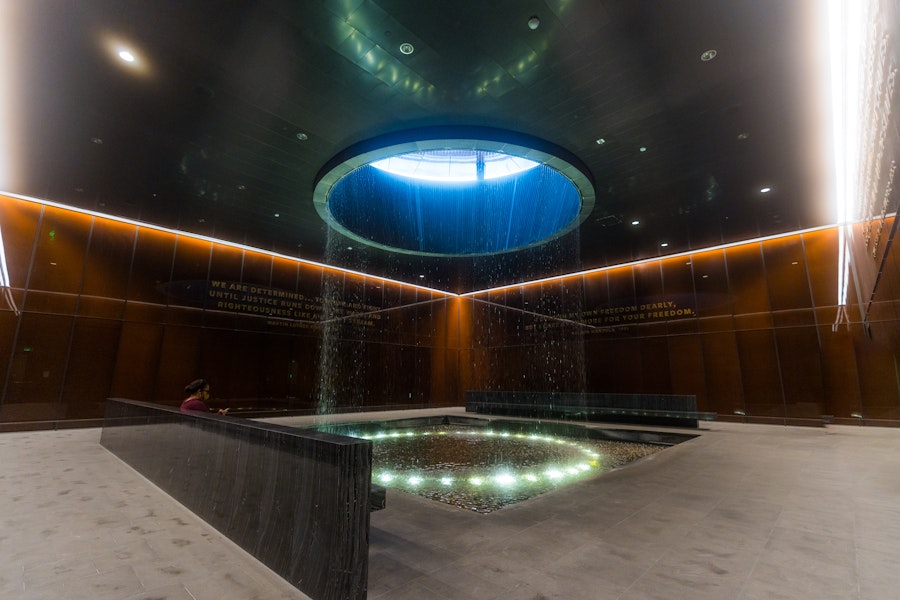
What is the Contemplative Court?
This special room on the ground level was designed to be the perfect environment to decompress, apt for deep thoughts, meditation and processing the history presented in the museum's exhibits. At its center, a round skylight feeds a cascading fountain, filling the dimly lit room with soft glow and the gentle sound of falling water. The powerful space invites meditation, deep thought and a moment of pause during your visit.

